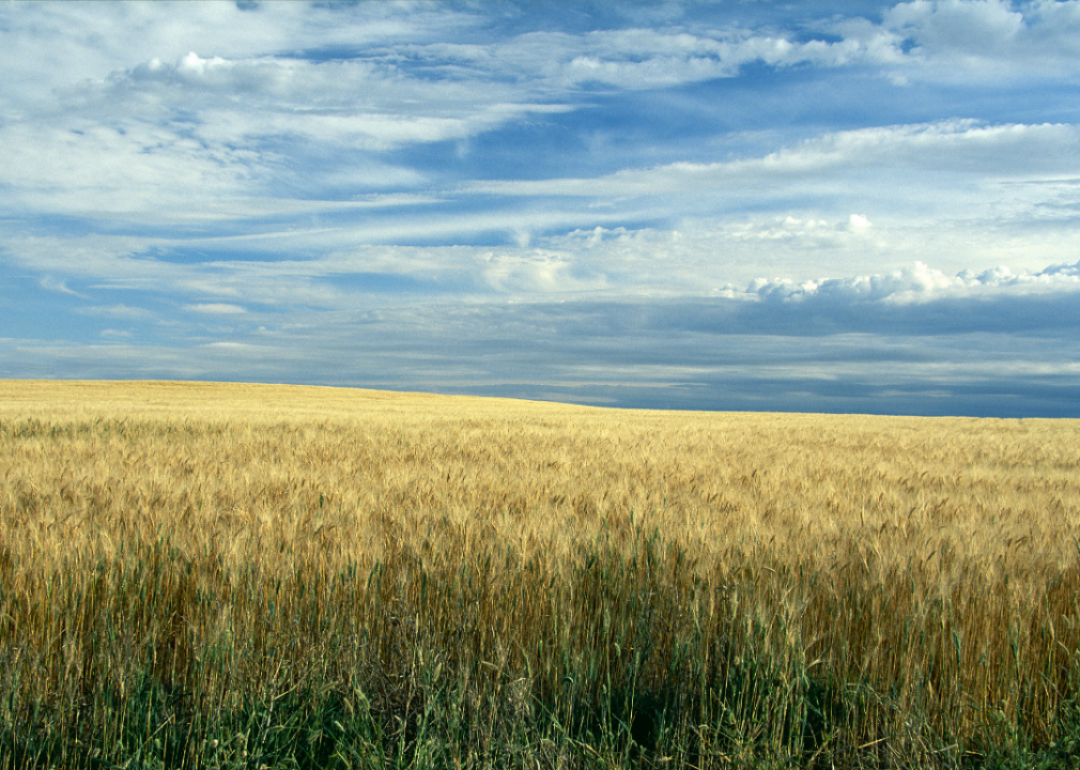
Counties with the most farmland in South Carolina
Farmland across the U.S. is disappearing by the millions of acres each decade by some estimates as sprawling urban development driven by rising housing costs pushes further into rural pastures.
The farmland that still exists in the U.S. is heavily dedicated to growing plants that Americans can't consume—grass. That grass, accounting for more than 300 million acres now, feeds our livestock, provides sod for new development, and serves as a cover crop to protect soil health between harvests.
Demand for major crops like corn and soybeans to feed Americans is only forecast by the USDA to grow in the coming decade, and demand for U.S. agricultural exports is expected to grow similarly.
The COVID-19 pandemic dramatically changed the way people purchased and consumed food, placing renewed attention on an increasingly consolidated agricultural industry where family farms have been swallowed up by large food corporations.
And after shifting behaviors caused massive economic swings in the U.S. and elsewhere, the Russian invasion of Ukraine forced food producers to once again account for yet another shock with so much of the world's grain capital taken offline by warfare.
War and corporate interests aside, farms have also had to reckon with a changing climate. Wheat fields were once commonplace across the country, but drought conditions of late have caused farmers to give up growing the crop entirely. Agitated by climate change, the shortage of water in parts of the country coupled with higher interest rates and the ongoing war in Ukraine are making agricultural businesses harder to run profitably.
To illustrate where American farms still persevere, Stacker compiled a list of counties with the most farmland in South Carolina using data from the Agriculture Department's Farm Service Agency. Farmers reported the data as mandated by participation in USDA income support programs, including Agriculture Risk Coverage and Price Loss Coverage as well as loan assistance. Counties are ranked by total acres of farmland.
In South Carolina, there are 1,869,731 acres of farmland, with common soybeans being the most common crop.

#25. Laurens
- Farmland: 26,511 acres (1.4% of state total)
- Farms: 374
- Most common crop: 2+ interseeded grass mix mixed forage (16,811 acres, 63.4% of county farmland)

#24. Newberry
- Farmland: 26,513 acres (1.4% of state total)
- Farms: 251
- Most common crop: 2+ interseeded grass mix mixed forage (8,435 acres, 31.8% of county farmland)
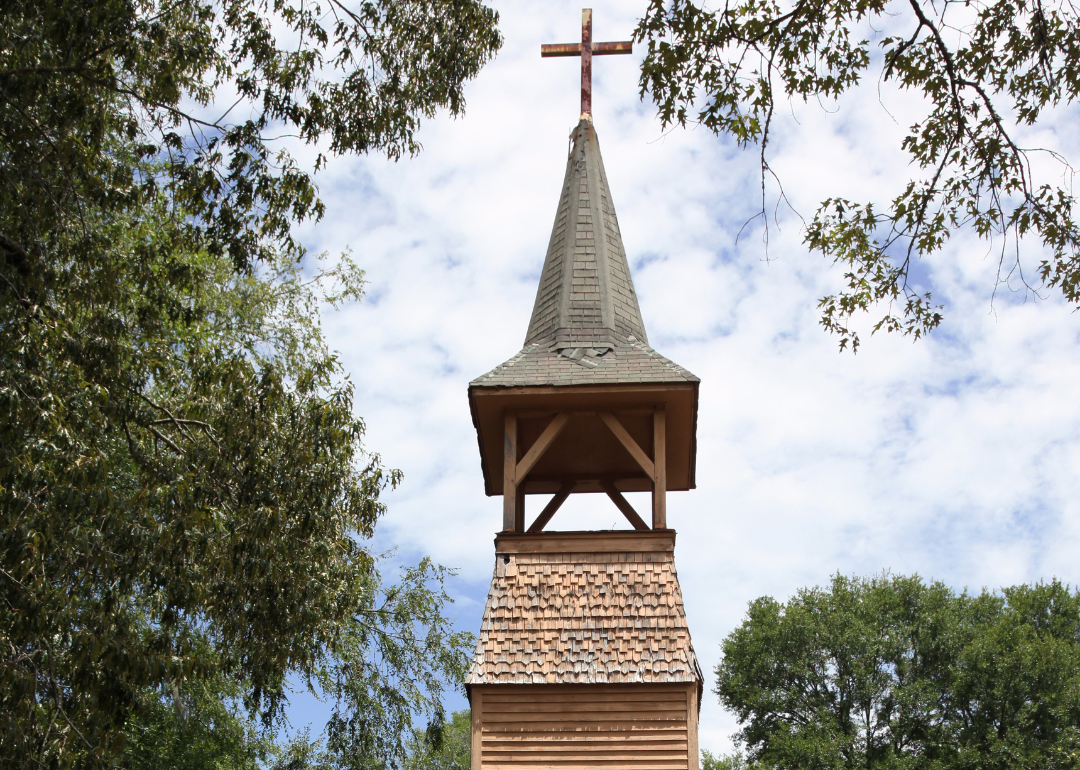
#23. Colleton
- Farmland: 27,993 acres (1.5% of state total)
- Farms: 540
- Most common crop: Idle (6,519 acres, 23.3% of county farmland)
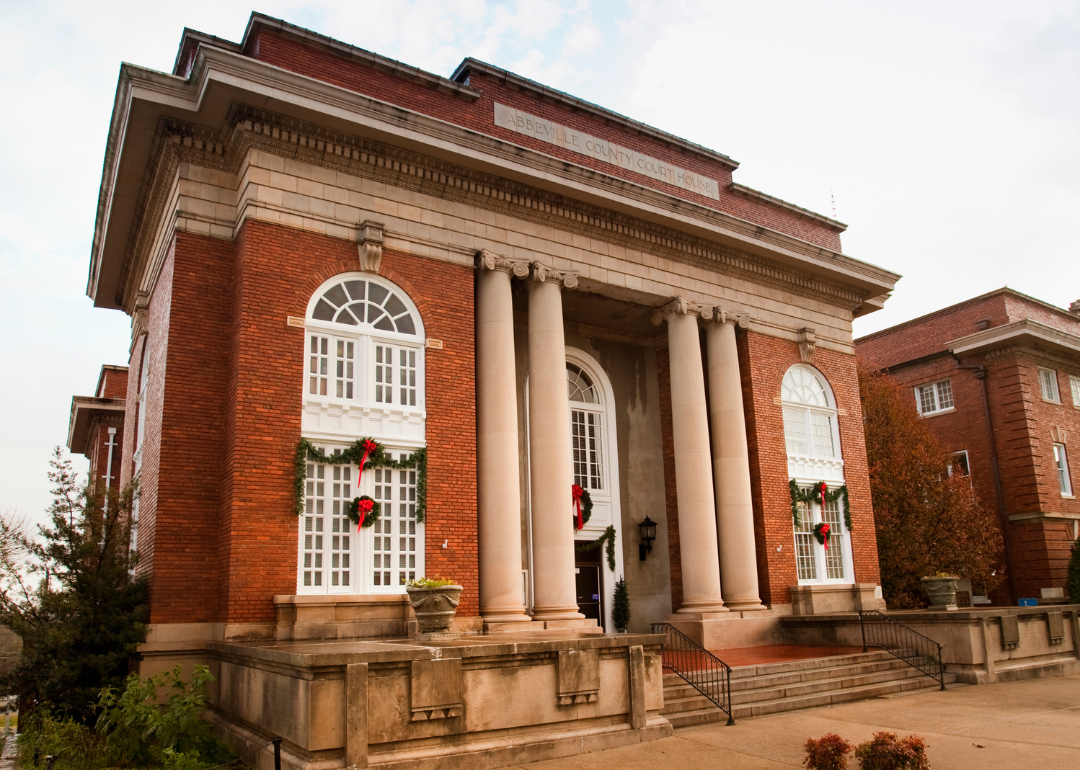
#22. Abbeville
- Farmland: 28,704 acres (1.5% of state total)
- Farms: 445
- Most common crop: 2+ interseeded grass mix mixed forage (23,355 acres, 81.4% of county farmland)
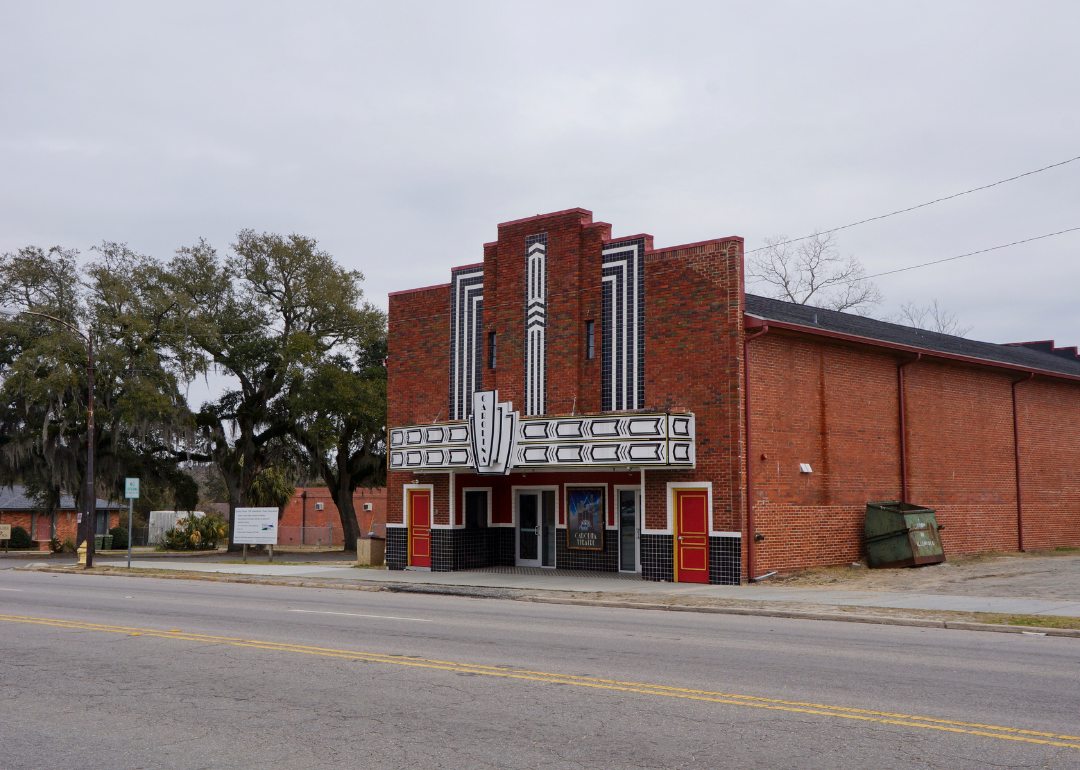
#21. Allendale
- Farmland: 29,236 acres (1.6% of state total)
- Farms: 156
- Most common crop: Common soybeans (5,168 acres, 17.7% of county farmland)
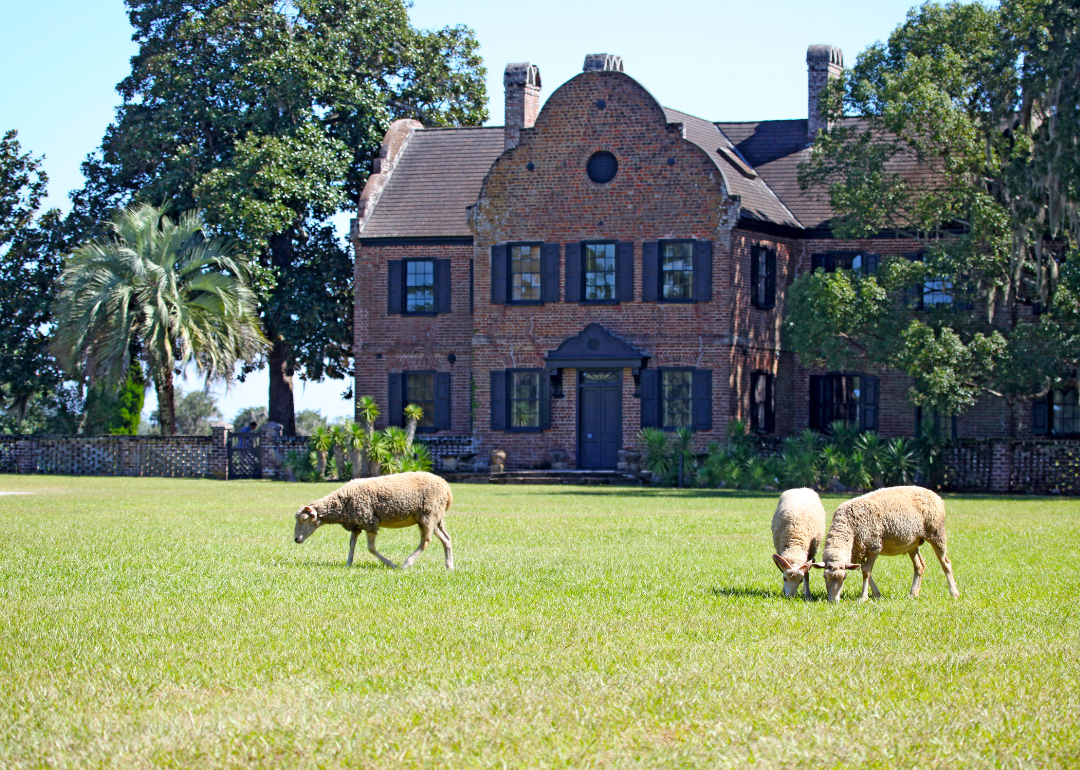
#20. Dorchester
- Farmland: 29,900 acres (1.6% of state total)
- Farms: 659
- Most common crop: Cotton upland (8,150 acres, 27.3% of county farmland)

#19. Saluda
- Farmland: 32,859 acres (1.8% of state total)
- Farms: 479
- Most common crop: 2+ interseeded grass mix mixed forage (16,026 acres, 48.8% of county farmland)
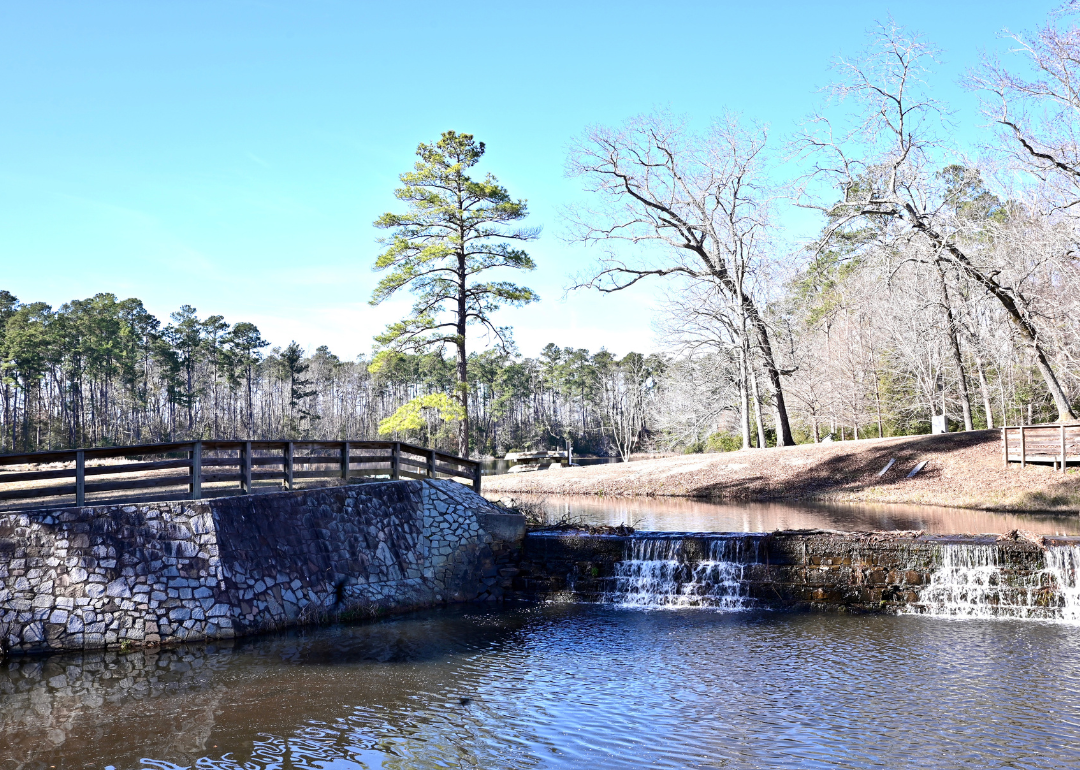
#18. Barnwell
- Farmland: 36,565 acres (2.0% of state total)
- Farms: 407
- Most common crop: Cotton upland (5,253 acres, 14.4% of county farmland)
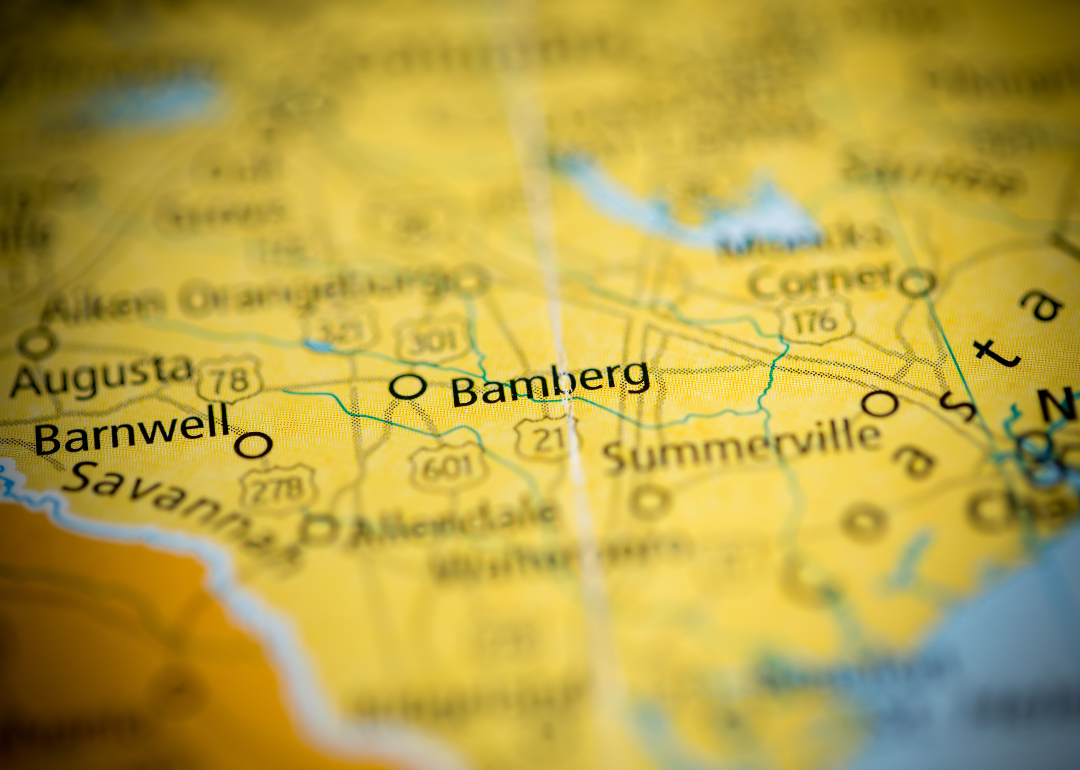
#17. Bamberg
- Farmland: 40,029 acres (2.1% of state total)
- Farms: 462
- Most common crop: Cotton upland (4,532 acres, 11.3% of county farmland)
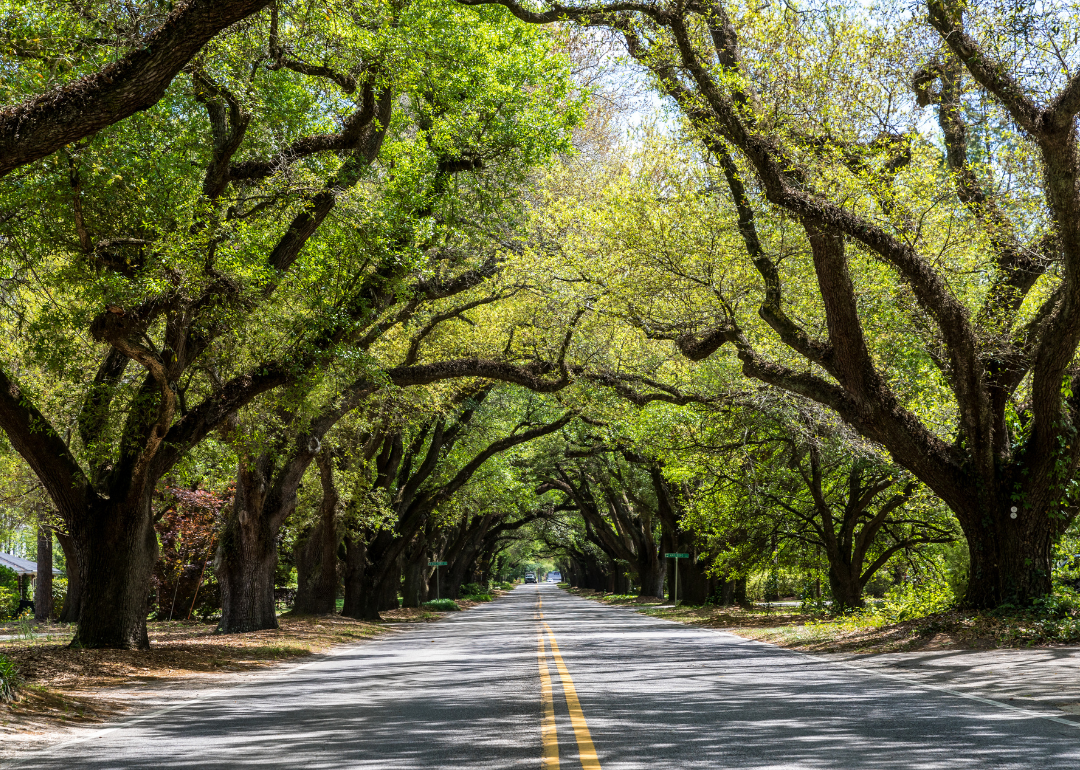
#16. Aiken
- Farmland: 41,755 acres (2.2% of state total)
- Farms: 452
- Most common crop: Idle (5,099 acres, 12.2% of county farmland)
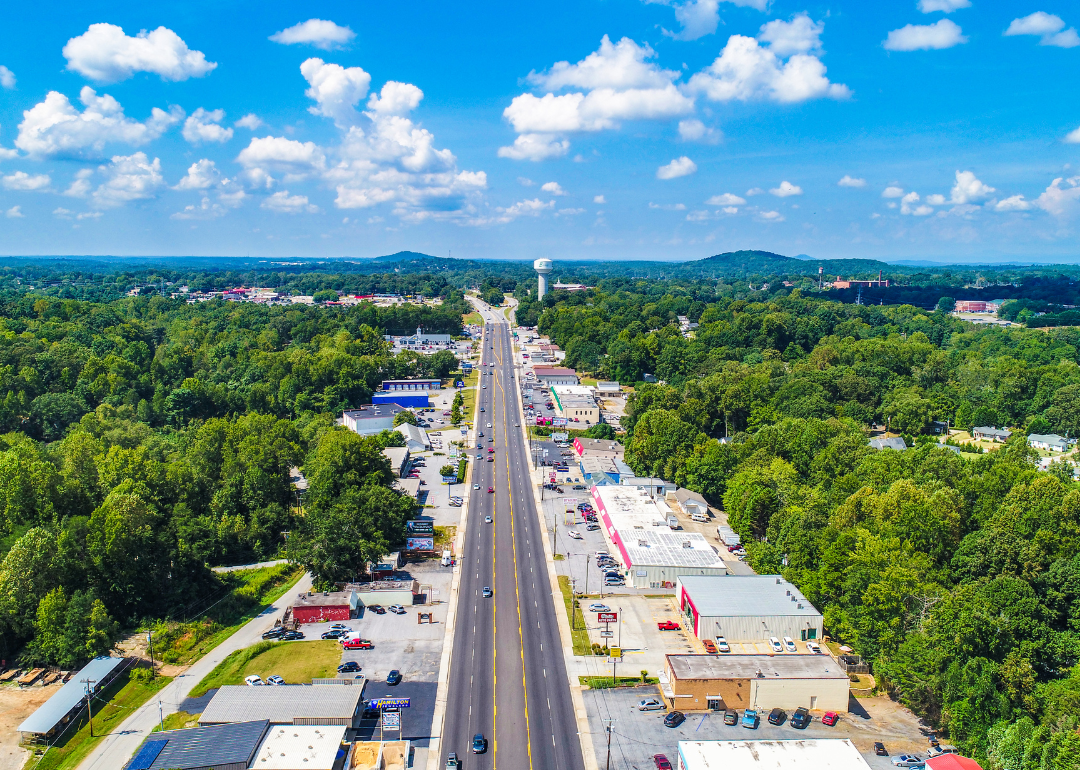
#15. Anderson
- Farmland: 46,012 acres (2.5% of state total)
- Farms: 842
- Most common crop: 2+ interseeded grass mix mixed forage (29,240 acres, 63.5% of county farmland)
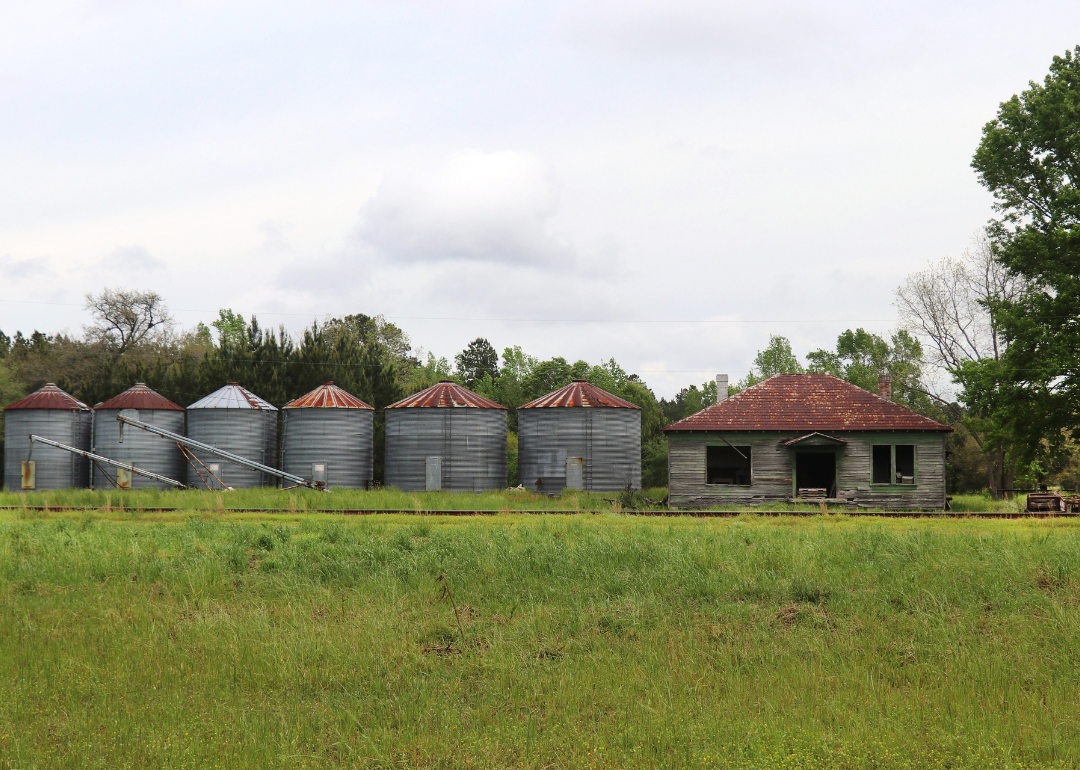
#14. Hampton
- Farmland: 50,486 acres (2.7% of state total)
- Farms: 511
- Most common crop: Cotton upland (10,959 acres, 21.7% of county farmland)

#13. Chesterfield
- Farmland: 52,426 acres (2.8% of state total)
- Farms: 698
- Most common crop: Common soybeans (12,344 acres, 23.5% of county farmland)
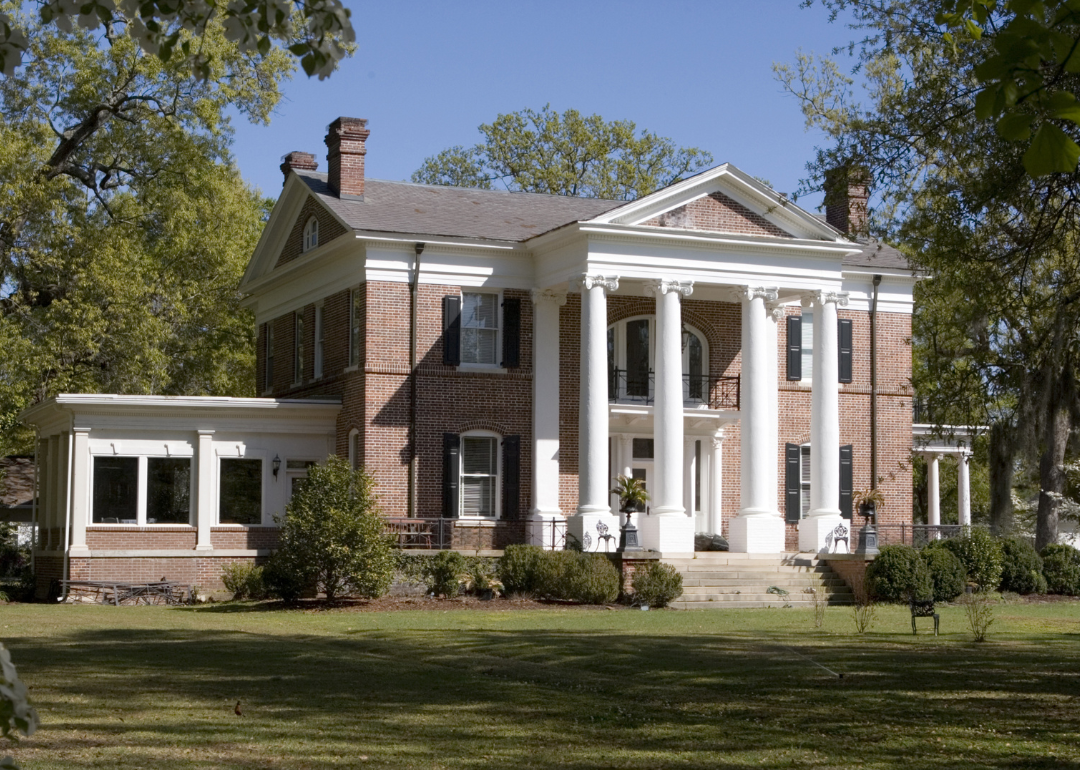
#12. Marion
- Farmland: 55,769 acres (3.0% of state total)
- Farms: 845
- Most common crop: Common soybeans (16,633 acres, 29.8% of county farmland)
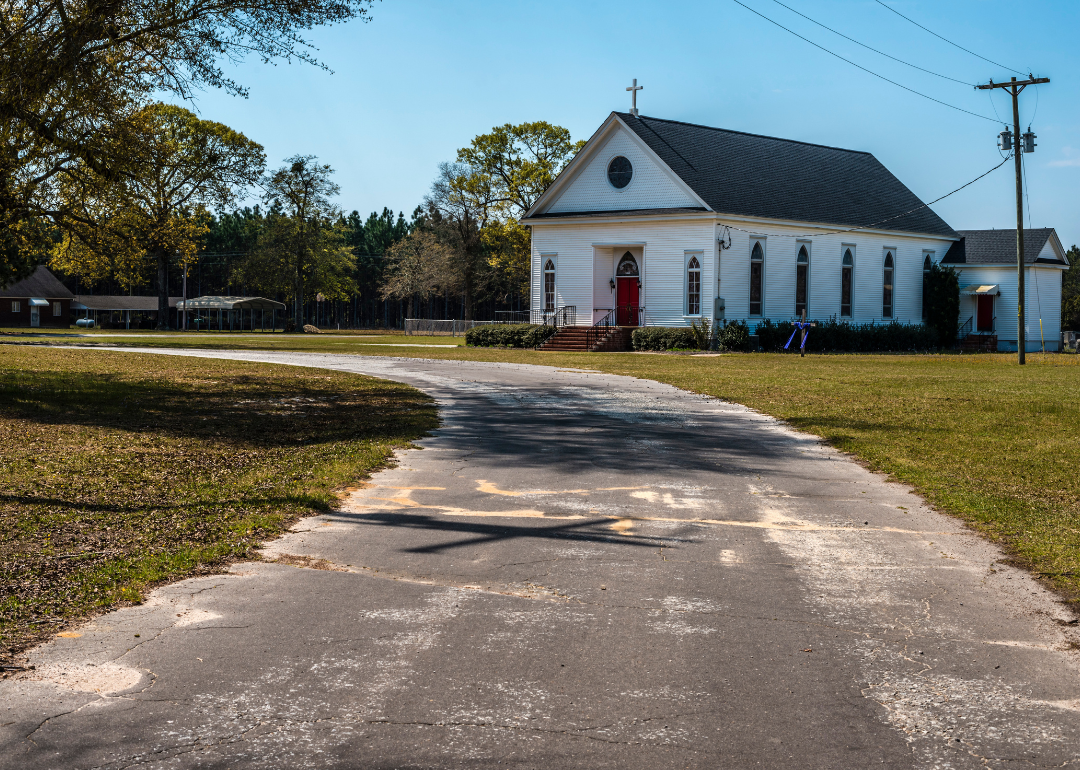
#11. Calhoun
- Farmland: 61,893 acres (3.3% of state total)
- Farms: 587
- Most common crop: Cotton upland (13,291 acres, 21.5% of county farmland)

#10. Marlboro
- Farmland: 85,363 acres (4.6% of state total)
- Farms: 602
- Most common crop: Common soybeans (18,728 acres, 21.9% of county farmland)

#9. Sumter
- Farmland: 92,356 acres (4.9% of state total)
- Farms: 917
- Most common crop: Common soybeans (20,260 acres, 21.9% of county farmland)
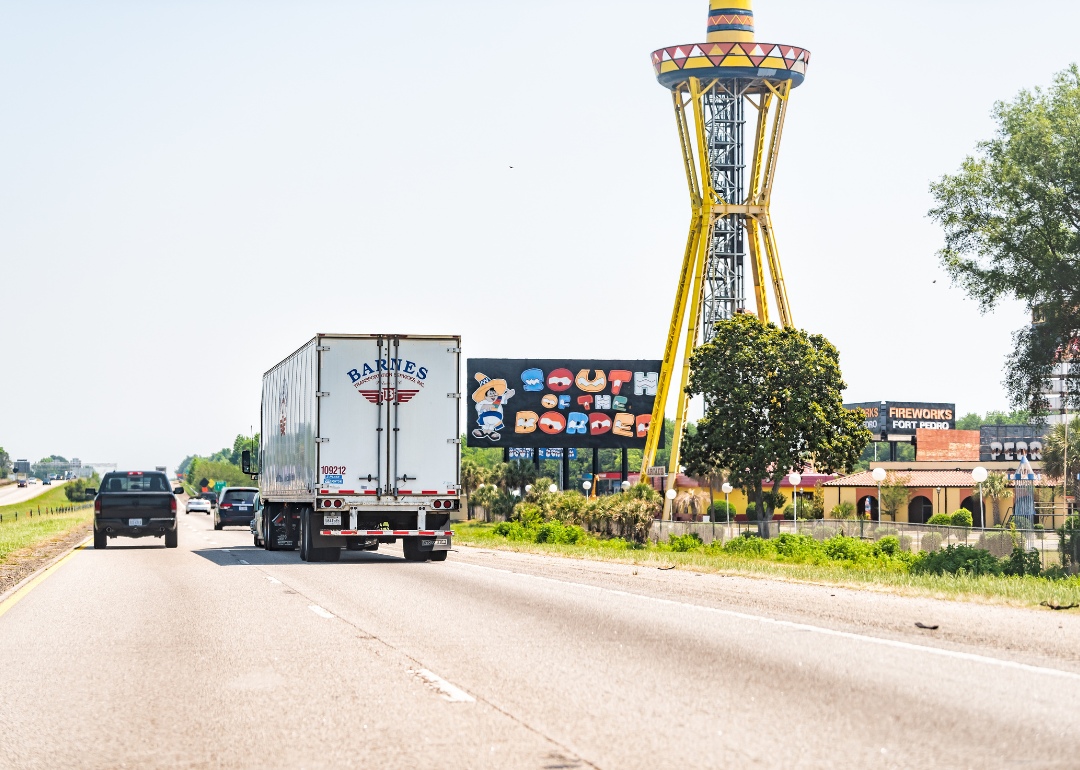
#8. Dillon
- Farmland: 92,988 acres (5.0% of state total)
- Farms: 953
- Most common crop: Common soybeans (28,306 acres, 30.4% of county farmland)

#7. Horry
- Farmland: 97,644 acres (5.2% of state total)
- Farms: 2,379
- Most common crop: Common soybeans (38,335 acres, 39.3% of county farmland)
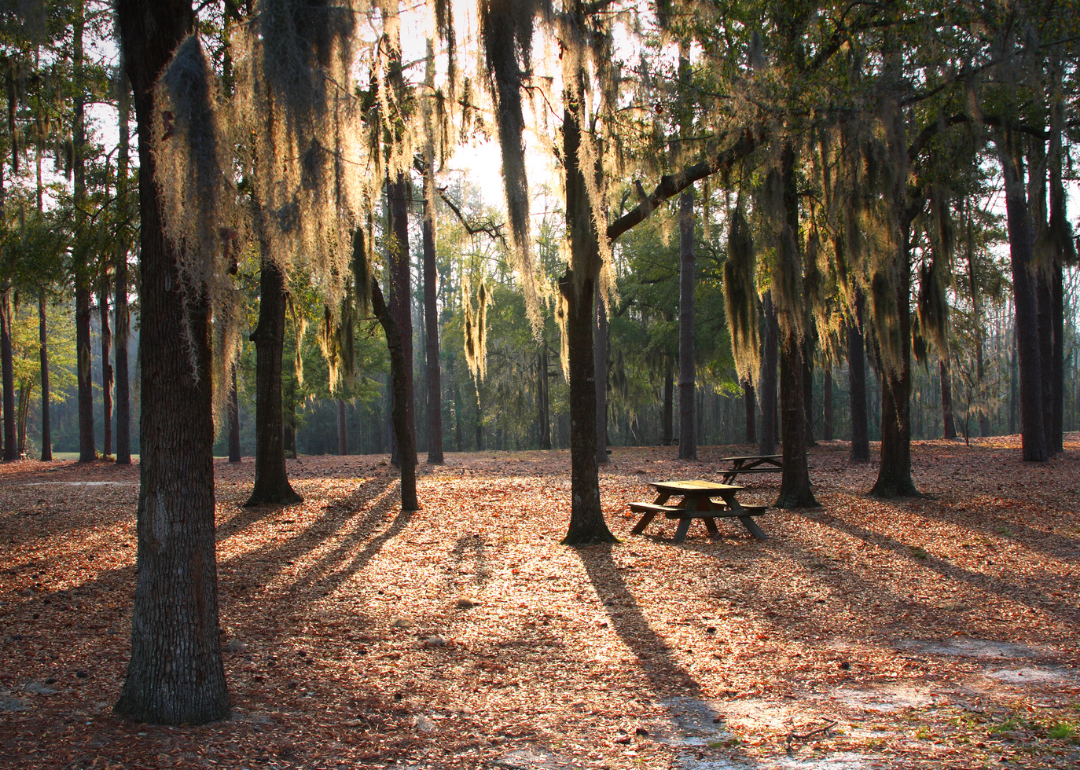
#6. Lee
- Farmland: 99,321 acres (5.3% of state total)
- Farms: 869
- Most common crop: Common soybeans (18,851 acres, 19.0% of county farmland)
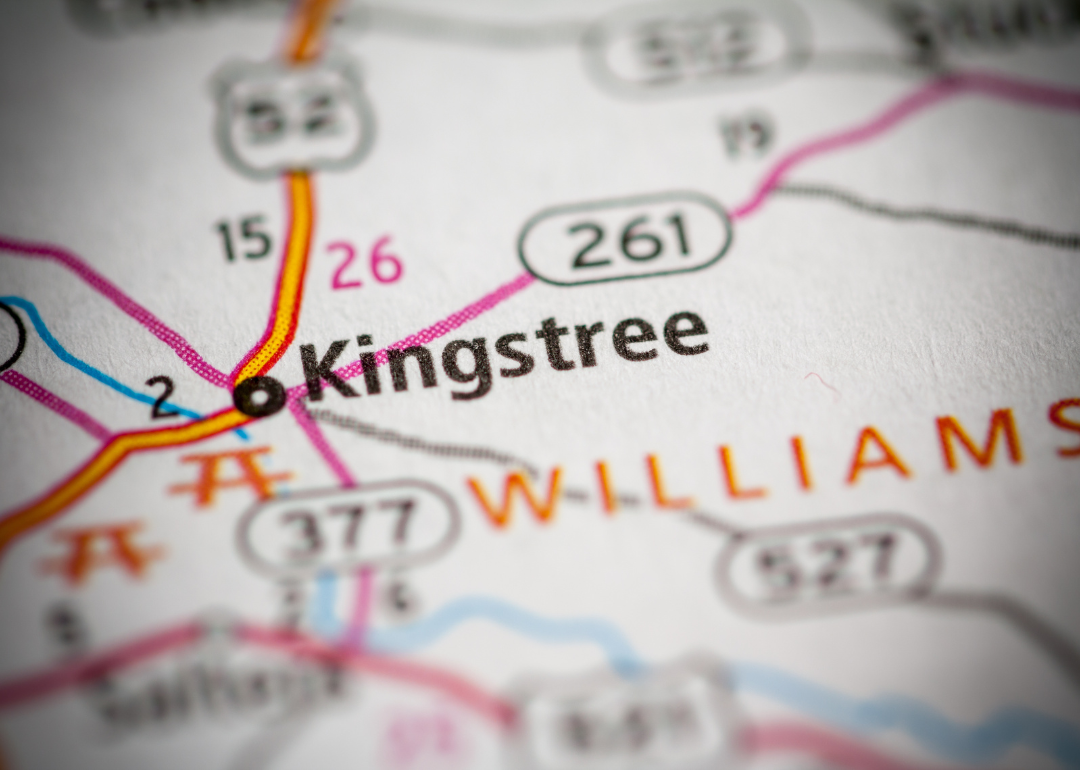
#5. Williamsburg
- Farmland: 100,719 acres (5.4% of state total)
- Farms: 1,857
- Most common crop: Common soybeans (34,175 acres, 33.9% of county farmland)
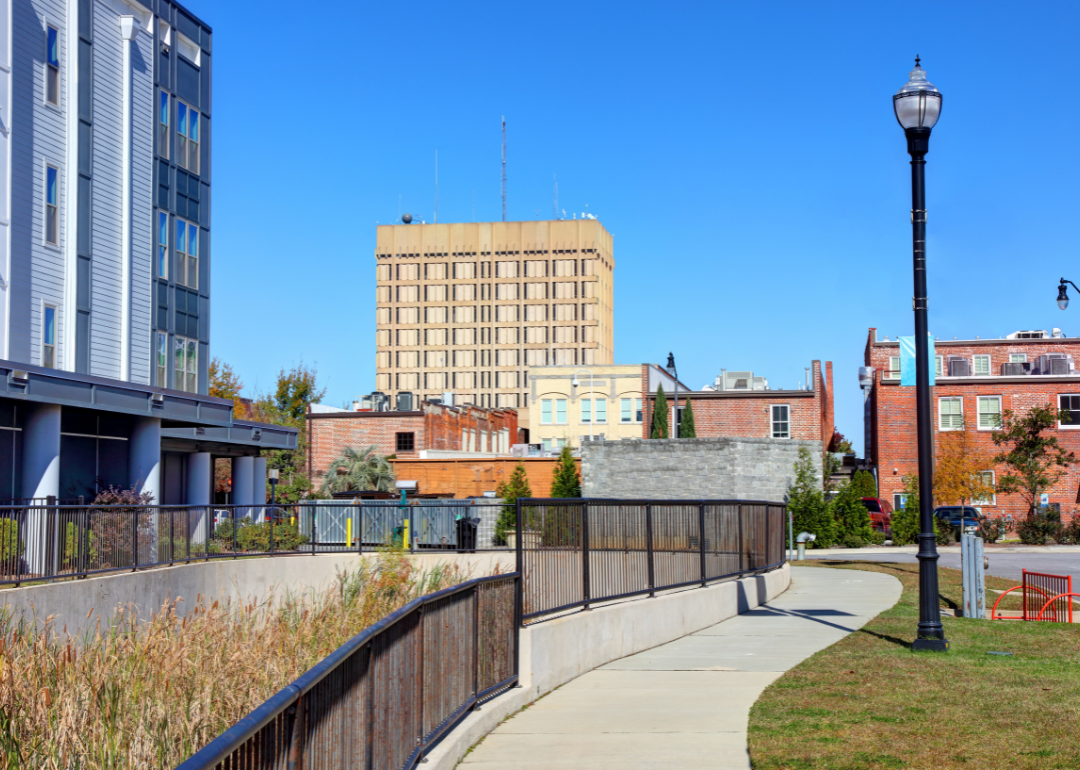
#4. Florence
- Farmland: 106,049 acres (5.7% of state total)
- Farms: 1,909
- Most common crop: Common soybeans (43,231 acres, 40.8% of county farmland)

#3. Clarendon
- Farmland: 113,011 acres (6.0% of state total)
- Farms: 1,306
- Most common crop: Common soybeans (27,731 acres, 24.5% of county farmland)
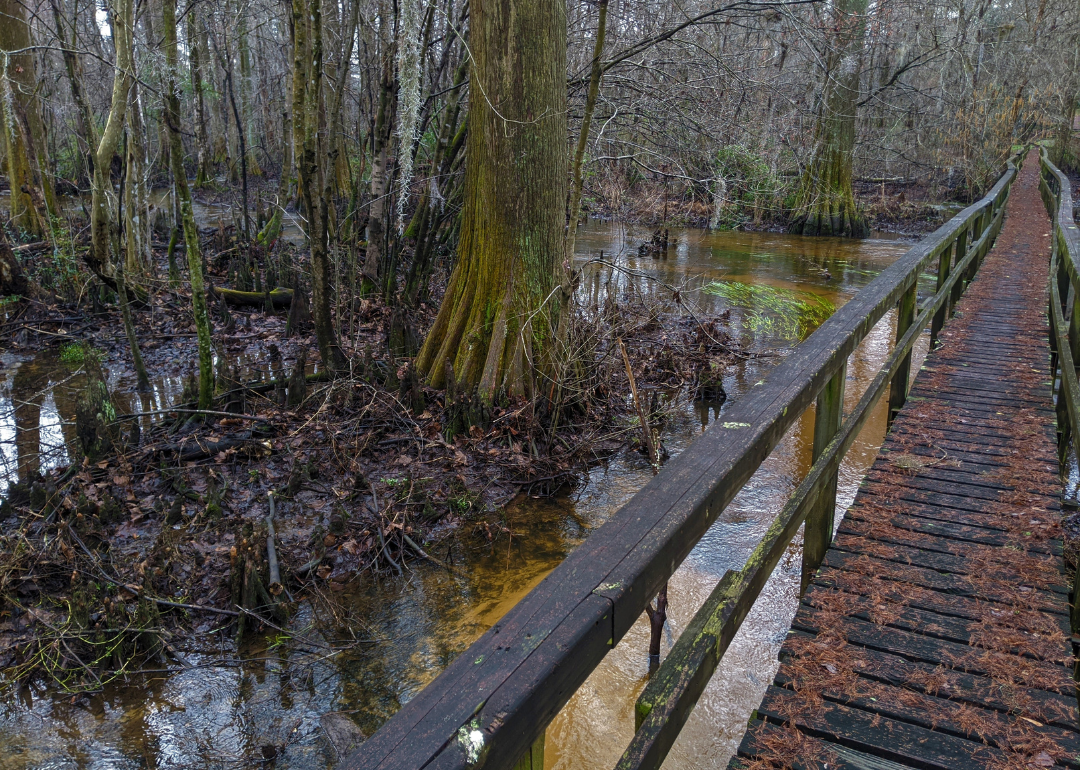
#2. Darlington
- Farmland: 114,617 acres (6.1% of state total)
- Farms: 1,067
- Most common crop: Common soybeans (28,680 acres, 25.0% of county farmland)

#1. Orangeburg
- Farmland: 136,385 acres (7.3% of state total)
- Farms: 1,662
- Most common crop: Cotton upland (26,401 acres, 19.4% of county farmland)



